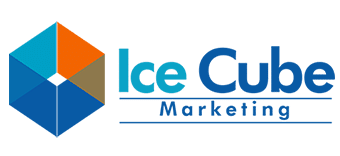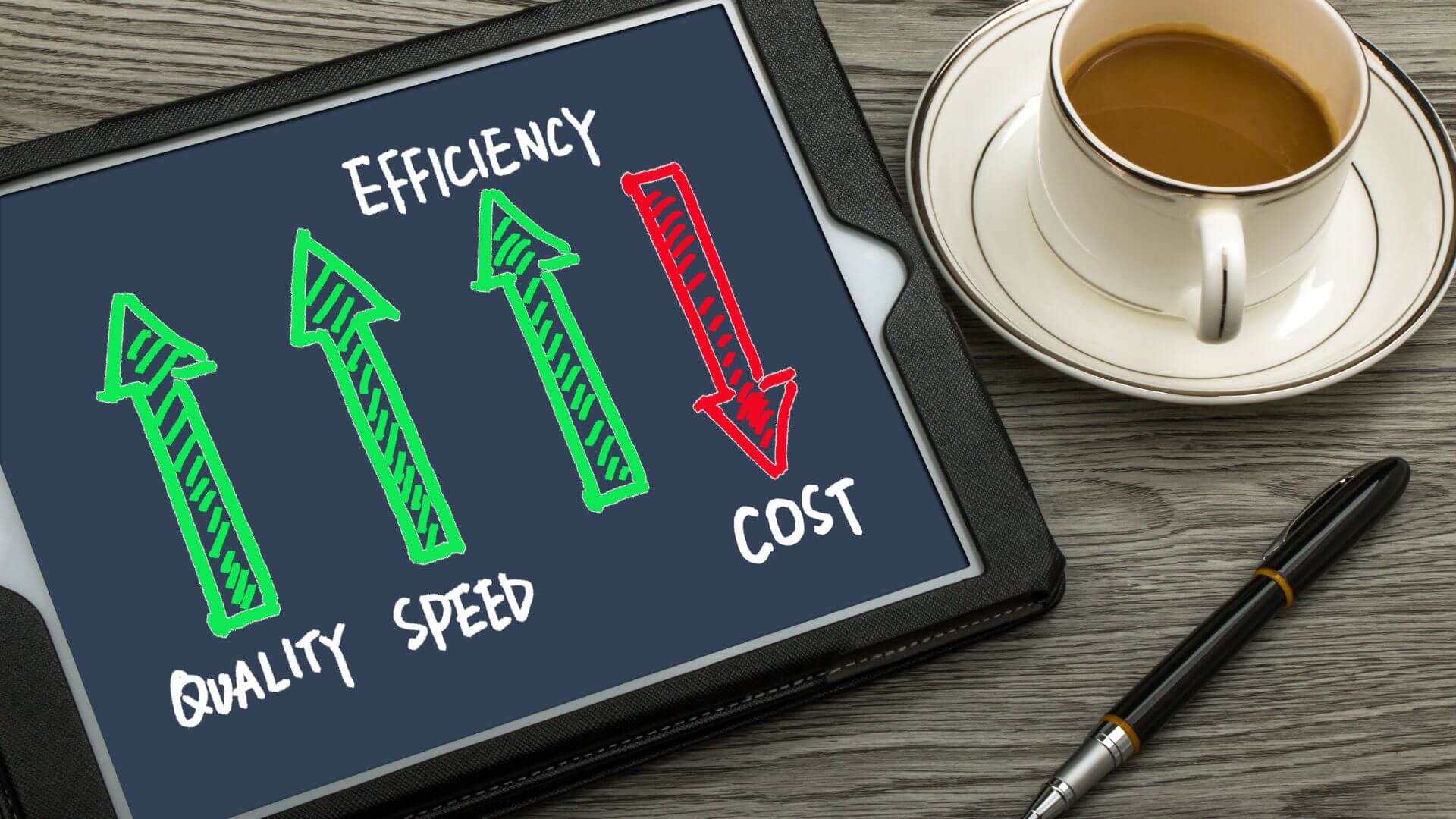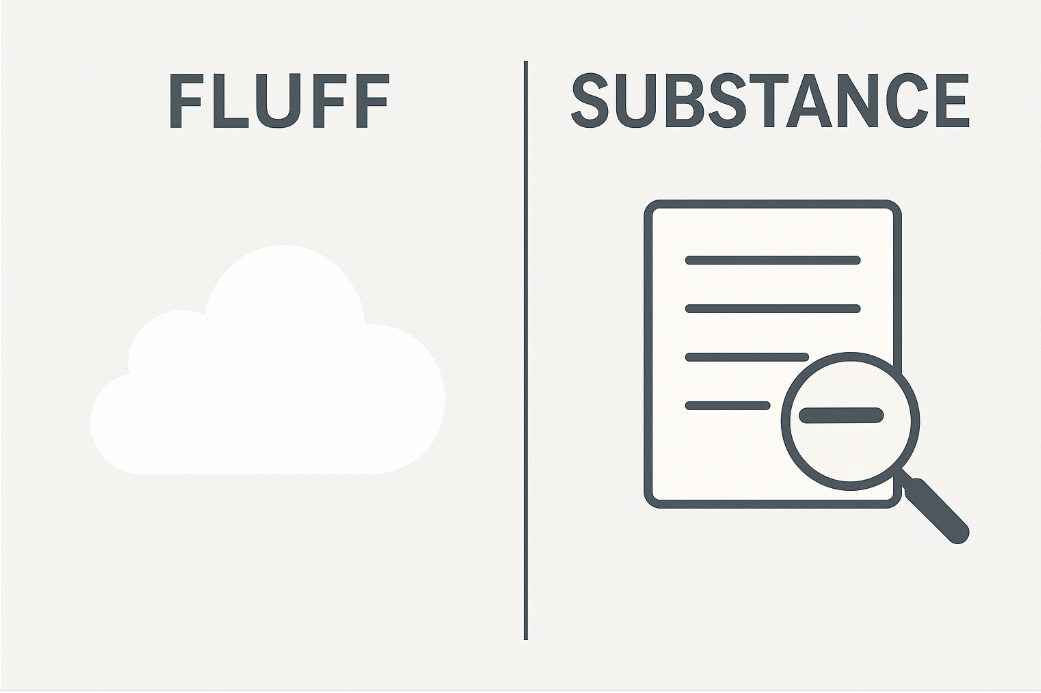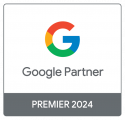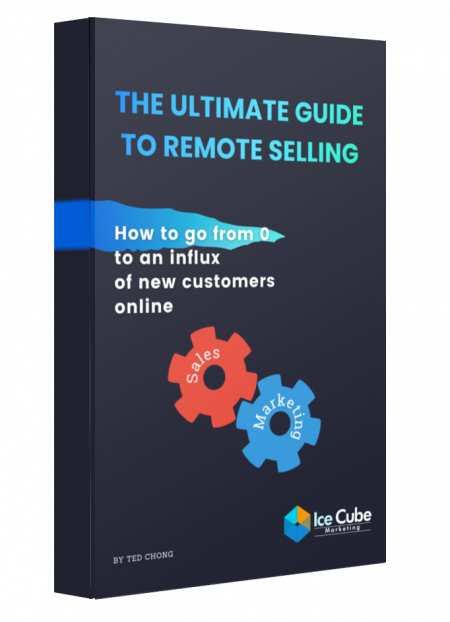Since the new year, entrepreneurs and businesspeople are often encouraged to dream big and aim high. Concepts like BHAG (Big Hairy Audacious Goal) emphasize setting ambitious objectives, such as going public (IPO), increasing revenue tenfold, or becoming the market leader. While these aspirations are inspiring, the reality is that achieving them requires starting small and taking practical steps forward.

Starting Small in Business
In my experience running an agency business, I often receive requests from SMEs that want to automate their entire sales processes. These businesses envision fully automated lead generation, lead nurturing, and sales conversion systems. However, most of them lack a stable digital marketing campaign or have not engaged in digital marketing at all. It simply doesn’t make financial sense to invest heavily in automation when the customer volume is still minimal.
The truth is, for businesses in the early stages, the primary focus should be on sales rather than automation. As Michael Masterson outlines in his book Ready, Fire, Aim, businesses go through different growth stages:
- Infancy Stage ($0 to $1 million): The priority is survival and generating sales. Founders should invest their time in talking to customers, gathering feedback, and refining the sales process to generate revenue.
- Childhood Stage ($1 million to $10 million): The focus shifts to achieving profitability by developing new products.
- Adolescent Stage ($10 million to $50 million): This is when systemization and automation take center stage.

Avoiding the Shiny Object Syndrome
In the fast-paced business world, there is no shortage of strategies, funnels, and ideas vying for attention. Almost daily, a new guru emerges with a “breakthrough” method to grow businesses. This leads many to chase one shiny object after another, only to find themselves stuck in the same place.
This phenomenon, known as shiny object syndrome, involves spending time and resources on trendy ideas that ultimately lead nowhere. Often, the issue isn’t the idea itself but its lack of suitability for a business’s current stage. For instance, emulating the strategies of competitors with multiple products or awards may not work if your business is still in its infancy. Their methods likely align with a more advanced stage of business development.

Learning from Competitors
Instead of imitating your competitors’ latest strategies, consider studying their early-stage approaches. Tools like archive.org allow you to view the historical versions of their websites. This can offer insights into what worked for them in their infancy stage and how it might apply to your business. For early-stage SMEs, I generally advise against investing heavily in branding activities, such as social media posting, web design, or process automation. Instead, the focus should be on acquiring sales and customers.
Personal Lessons in Business Growth
When I started my business, I devoted significant time to creating articles in the hope of going viral and becoming a thought leader. However, I soon realized that my cash flow was drying up faster than anticipated. That’s when I shifted my focus to digital marketing strategies that could generate immediate sales.
Even within digital marketing, it’s easy to get distracted by shiny objects like TikTok or UGC (User-Generated Content). While TikTok advertising works well for some clients, it’s not suitable for every business, especially not for those in their early stages. Digital marketing, much like business growth, requires a sequential approach.
The Larger Market Formula
A well-known concept in marketing is the larger market formula, which categorizes potential customers as follows:
- 3% are actively looking for your solution.
- 7% are open to your solution.
- 30% are not yet thinking about your solution.
- The remaining percentage has little to no awareness of or interest in your solution.
This framework emphasizes targeting the lowest-hanging fruits first—the audience with the highest intent to purchase.
Three Stages of Marketing
With this principle in mind, here are the three recommended stages of marketing:
- Start with Warm Markets: Leverage your existing database of prospects and clients. Reach out to them through emails or calls to promote your offerings. These prospects may include personal networks, friends, or existing customers. This free marketing approach should be fully utilized before exploring other avenues.
- Target High-Intent Cold Audiences: Google Ads is an effective tool at this stage, as it captures people actively searching for your product or service.
- Expand to Low-Intent Cold Audiences: Platforms like Facebook, Instagram, YouTube, and TikTok are ideal for this stage. Personally, I prioritize Facebook due to its advanced targeting capabilities and mature advertising ecosystem. While TikTok and YouTube can be effective, they are better suited for more advanced stages of marketing.
Emerging Marketing Tools
Newer marketing tools, such as Google Performance Max, are often hailed as revolutionary. However, despite the buzz, my data indicates that tools like Google Search Ads and Facebook Ads remain more reliable for achieving results. The key is to avoid spreading your budget too thinly across multiple platforms. Concentrating on one platform allows for better data collection, enabling machine learning systems to refine audience targeting.
Allocating Your Marketing Budget
For marketing efforts to yield results, a minimum budget is essential to achieve critical mass. Without adequate investment, the funds spent are unlikely to generate meaningful outcomes. The same principle applies whether you’re working on digital campaigns or broader business strategies.
Final Thoughts
When setting goals, dreaming big is essential—but it’s equally important to start small and focus on strategies suited to your business’s current stage. By avoiding distractions, learning from competitors’ early successes, and following a structured approach to digital marketing, you can achieve sustainable growth.
Whether you’re aiming to grow your business or launch a marketing campaign, the key is to prioritize actions that align with your immediate needs and resources. Stay focused, take incremental steps, and success will follow.
